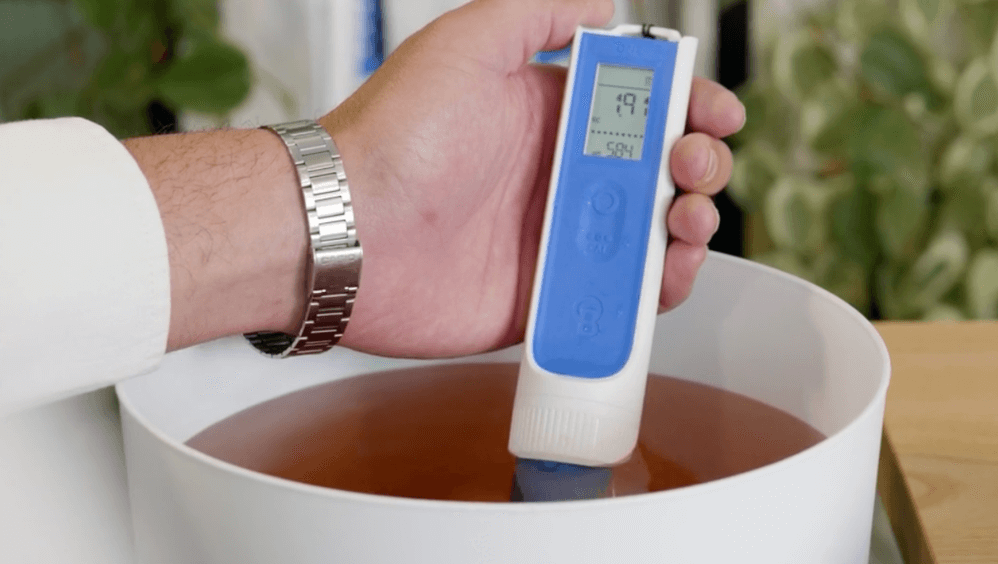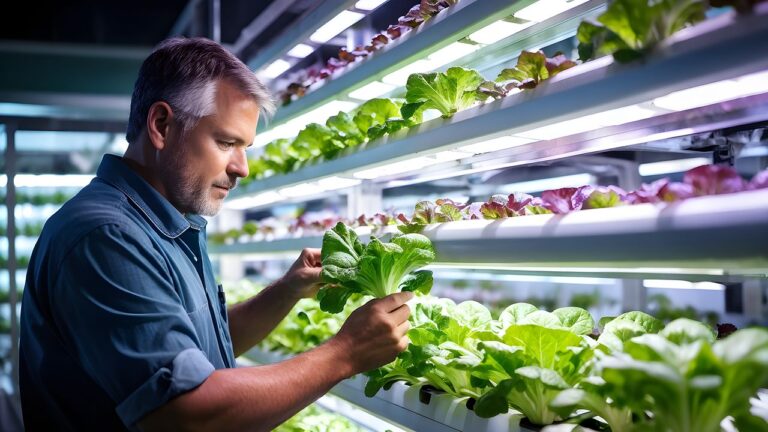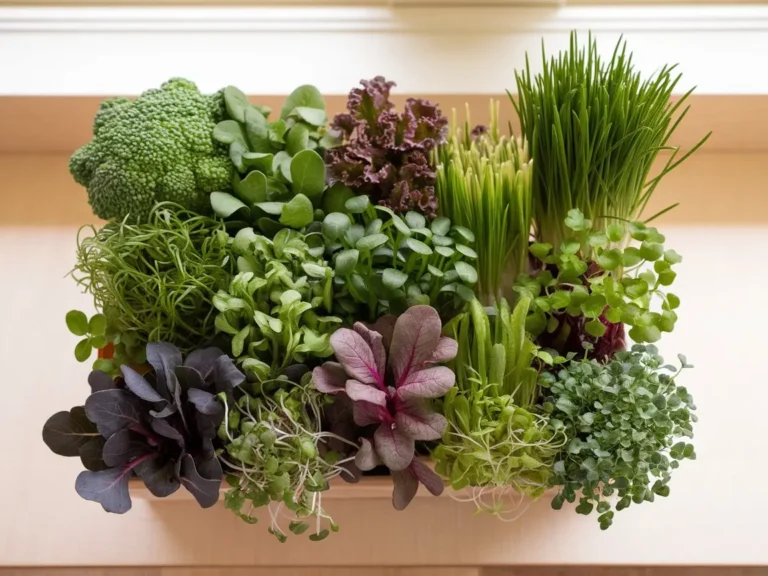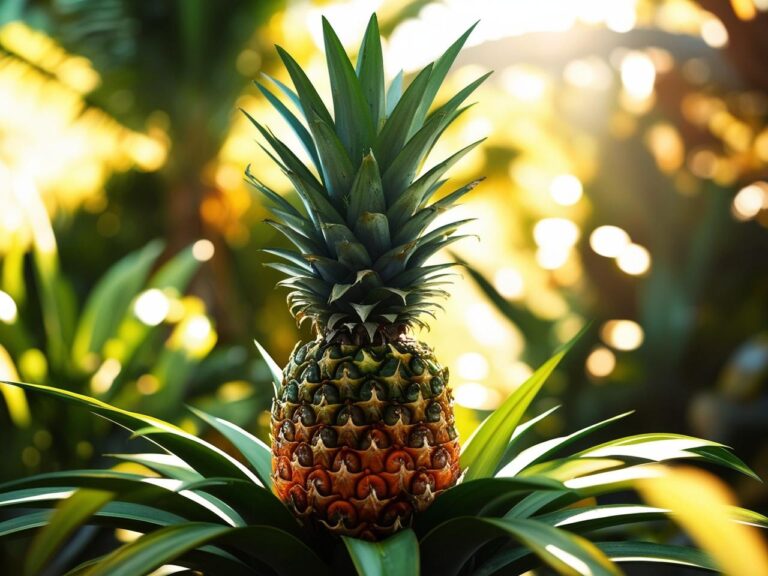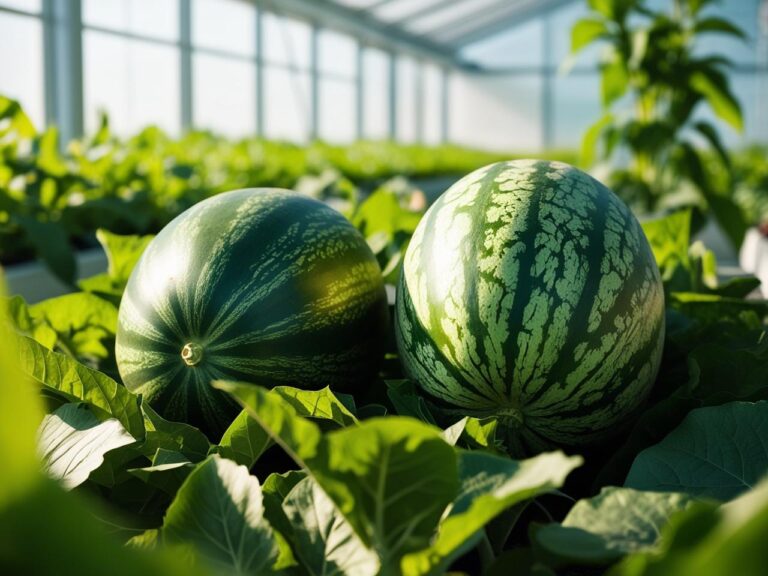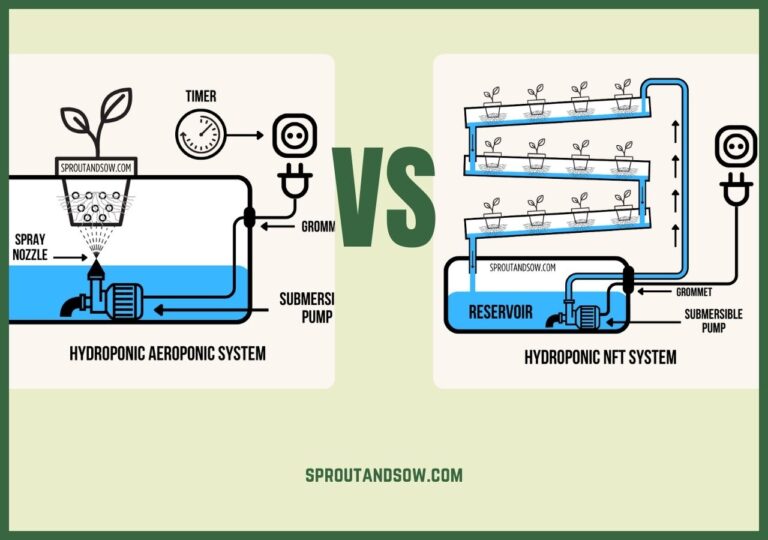Common Hydroponic Mistakes Beginners Make and How to Avoid Them
Jumping into hydroponics is super exciting. You’re ditching the dirt, controlling every aspect of plant growth, and basically playing Mother Nature in your own little garden. But here’s the thing: even the most passionate beginners make mistakes. And that’s totally normal! In fact, mistakes are just part of the learning process.
Whether it’s pH levels going haywire, nutrient solutions gone wrong, or plants looking a little worse for wear, these slip-ups can happen. The good news? Most of these problems are easy to fix or, better yet, avoid altogether. Today, we’re going to dive into the most common hydroponic mistakes that beginners make and more importantly, how to sidestep them for a thriving, happy garden.
1. Start With a Simple System
Beginners often make the mistake of choosing a hydroponic system that is too complicated. It’s recommended that you start with a simple system like the Deep Water Culture (DWC), Wick System, or Kratky Method, as they have minimal moving parts and are easy to set up and maintain. I personally think Kratky is best for beginners.
Related: Easiest and Cheapest Hydroponic System You Can Start Today!
2. Not Monitoring pH Levels Regularly
This one trips up a lot of beginners. You might be pouring the perfect nutrient solution, giving your plants just the right amount of light, but if the pH level is off, your plants might not even be absorbing those nutrients properly. Think of it like this: pH is like the “key” that unlocks nutrient absorption. If it’s too high or too low, your plants are missing out on vital goodies.
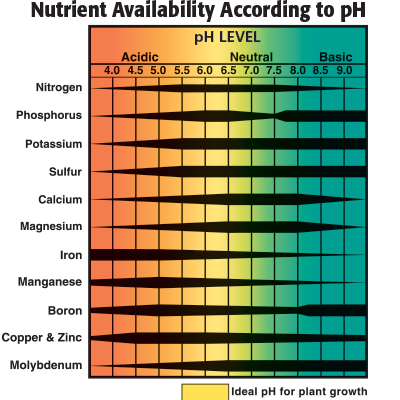
How to avoid it:
Make checking your pH levels a routine. You can buy an affordable pH testing kit online or from a garden store, and you should aim to test every couple of days. The sweet spot for hydroponic plants is usually between 5.5 and 6.5. Too acidic or too alkaline, and your plants could start showing signs of nutrient deficiencies (yellowing leaves, anyone?). If the pH is off, use pH up or down solutions to correct it.
Pro Tip: Keep a log of your pH readings, nutrient levels, and any changes you make to your system. You’d be surprised how quickly you can start spotting patterns and making proactive adjustments!
Many beginners overlook pH, which can lead to nutrient issues. If you’re new to this, read Understanding Hydroponic pH Levels and How to Manage Them to set yourself up for success.
3. Overfeeding or Underfeeding Nutrients
This is a classic beginner move: “If a little is good, more must be better,” right? Not quite. Overfeeding your plants can lead to nutrient burn (crispy, brown leaf edges), while underfeeding can stunt growth and cause your plants to look sad and limp.
How to avoid it:
Stick to the manufacturer’s guidelines on your nutrient solution. In fact, it’s a good idea to start with half the recommended dosage when you’re first getting your system up and running. You can always add more nutrients if your plants show signs of deficiencies, but it’s harder to undo nutrient burn. Keep an eye on your plants’ leaves, they’ll let you know if something’s off. Yellowing or browning could mean overfeeding, while pale leaves often signal underfeeding.
Pro Tip: It’s all about balance. If your plants look healthy, don’t mess with success! Overcorrecting with nutrients is a common rookie error, so be patient.
Related: How to Choose the Best Hydroponic Nutrients for Your Garden
4. Poor Lighting Setup
Lighting is one of those things that seems simple at first, but can quickly become tricky if you’re not paying attention. Without enough light, your plants will grow tall and leggy, reaching out for a source of light that’s too far away. Too much light, on the other hand, can scorch your plants or cause light stress.
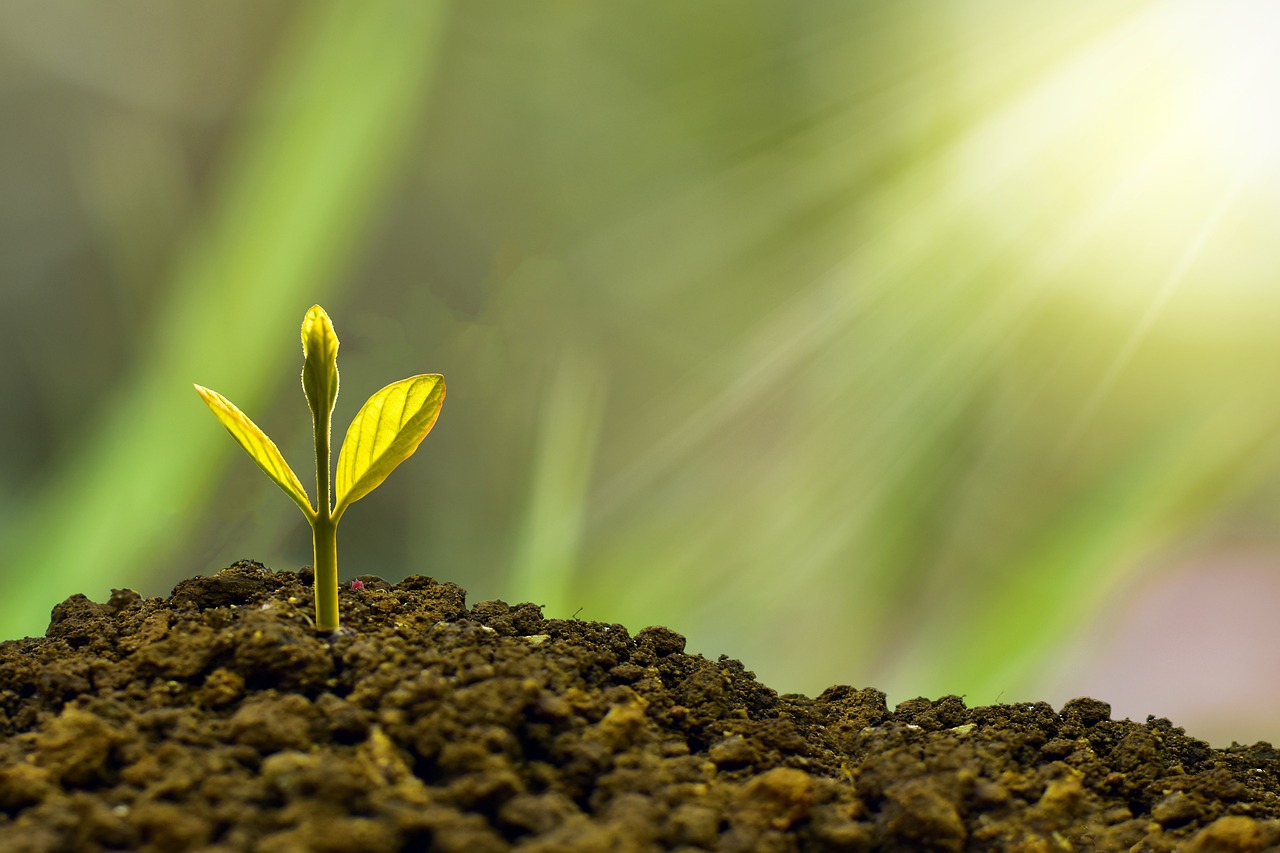
How to avoid it:
Choose the right grow lights for your plants. LEDs and fluorescent lights are great for hydroponics, but you need to place them correctly. A good rule of thumb is to start with your lights about 12–18 inches above your plants, then adjust depending on how your plants respond. If they’re stretching out, you may need to move the light closer. If the leaves are curling or looking crispy, back the light off a bit.
Pro Tip: Invest in a light timer. Plants need a balance of light and dark periods to thrive, so giving them a consistent schedule helps keep them healthy.
5. Ignoring Root Health
Out of sight, out of mind, right? Not so fast. In hydroponics, your plant’s roots are just as important as what’s happening above ground. Roots need oxygen, and if they’re left soaking in stagnant water, they’ll quickly rot and turn into a slimy, brown mess. Trust me, root rot is every hydroponic gardener’s nightmare.
How to avoid it:
Keep your nutrient solution oxygenated. An air pump and air stones are lifesavers here, helping to aerate the water so your roots can breathe. You should also check your water levels regularly to ensure the roots aren’t being submerged for too long. If you do notice signs of root rot (brown, mushy roots), act fast by trimming off the affected areas and improving your water circulation.
Pro Tip: Give your roots a visual check every now and then. Healthy roots should be white and firm, not slimy or discolored.
6. Letting Algae Grow
Algae might seem harmless at first, but if left unchecked, it can quickly take over your system, clogging up tubes and competing with your plants for nutrients and oxygen. It’s like inviting a pesky roommate to your hydroponic garden.
How to avoid it:
Algae loves light and moisture, so your best defense is to block out light wherever possible. Keep your reservoir covered, and make sure your system is clean and free from leaks where light can sneak in. Another great trick? Adding a UV sterilizer can help keep algae growth under control.
Pro Tip: Clean your system regularly to keep algae at bay. A little bit of effort upfront can save you a ton of hassle down the road.
Choosing the right system can prevent many common issues. Check out Hydroponics Systems Explained: A Beginner’s Guide to see which system best fits your needs.
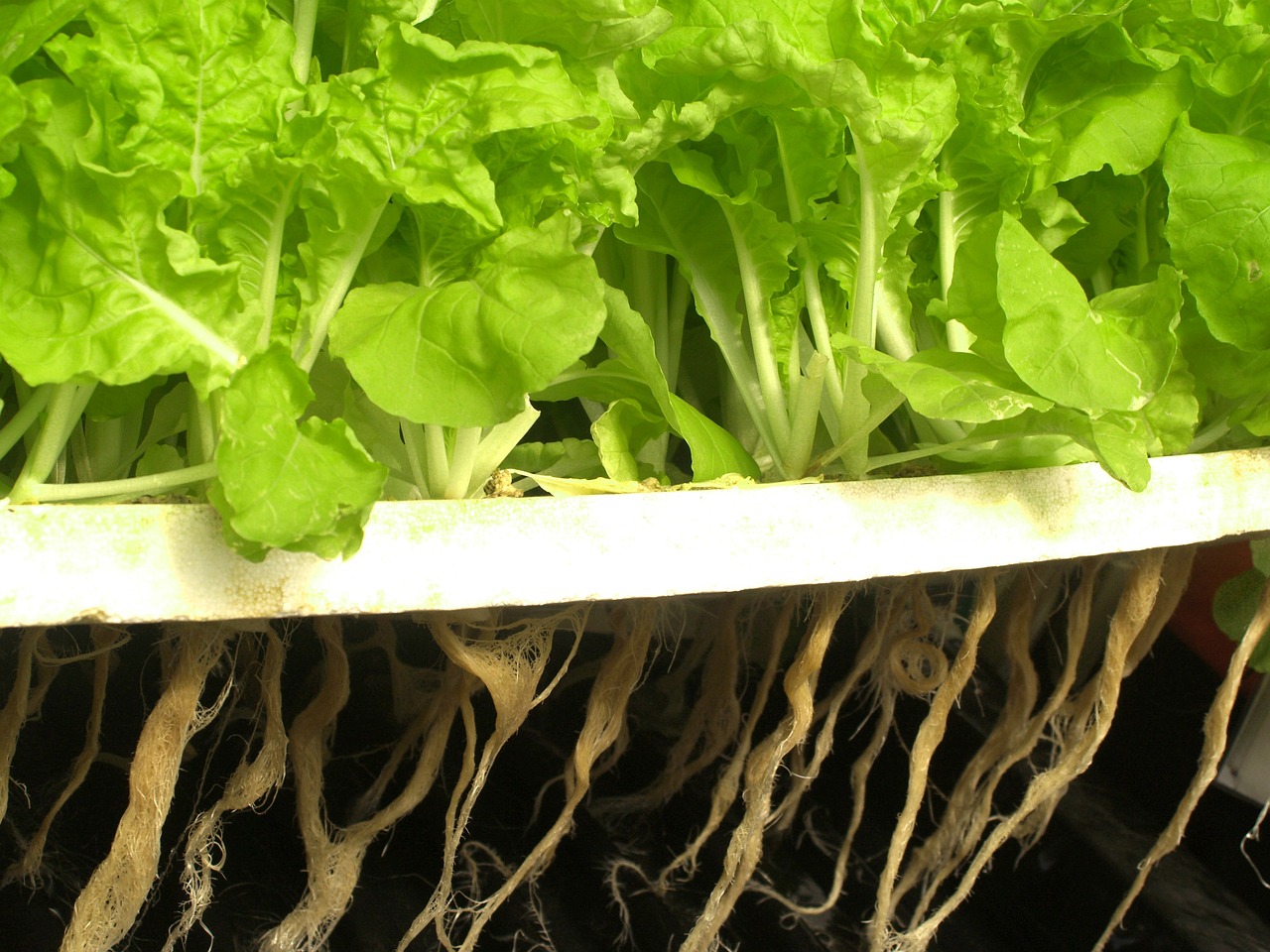
7. Skipping Regular System Maintenance
Here’s the deal: hydroponic systems are like cars – they need regular maintenance to run smoothly. Skipping this step can lead to clogged pumps, nutrient buildup, or worse, plants that just don’t grow right.
How to avoid it:
Set a maintenance schedule and stick to it. This includes flushing your system with fresh water, cleaning the reservoir, and checking for any signs of wear or tear on pumps and tubing. A weekly checkup should be enough to keep things running smoothly.
Pro Tip: Catch issues early by inspecting your system every week. A clogged pump might not seem like a big deal until it’s been broken for a few days and your plants start showing signs of stress.
Conclusion
Growing plants hydroponically can feel like a steep learning curve at first, but once you get the hang of it, it’s incredibly rewarding. By keeping an eye on your pH levels, feeding nutrients in the right amounts, setting up proper lighting, and maintaining your system regularly, you can avoid the common mistakes that trip up so many beginners. Just remember every mistake is an opportunity to learn and improve.
So, don’t get discouraged if things don’t go perfectly right away. Take your time, experiment, and enjoy the process of growing your own hydroponic garden. Happy gardening!

